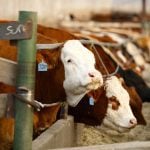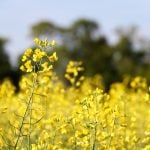The University of Manitoba’s Richardson Centre for Functional Foods and Nutraceuticals (RCFFN) has always been about bringing the food industry in Manitoba and Western Canada to the next level.
The centre has produced research into how canola and flax oil impact cardiovascular health, or analysis to help develop food products in a bid for later commercialization.
Thanks to a new federal stamp of approval, however, the centre’s work can now expand much farther down that value chain. The Richardson Centre for Functional Foods and Nutraceuticals (RCFFN) has added food-grade milling and fractionation to its repertoire.
Why it matters: The approval deepens the RCFFN’s scope of work and potential impact of new products and markets for Prairie crops.
The site’s pilot-scale grain mill and fractionation facility was approved under Canada’s new Safe Food for Canadians Regulations, to process ingredients for food, the centre announced July 19.
Previously, it could only process for research purposes. Now companies or potential food processors can run trial runs or small batches in the milling facility.
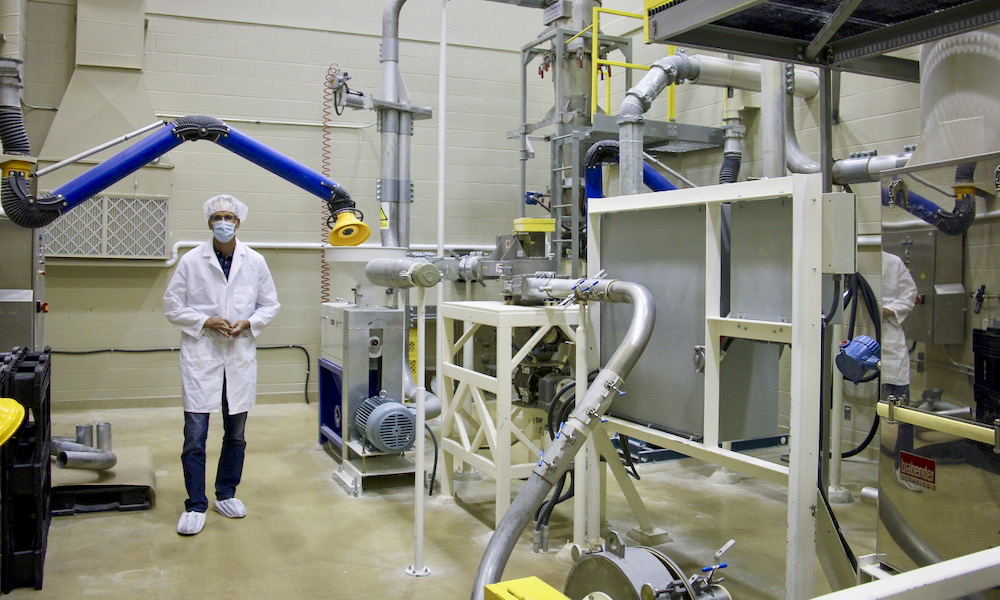
“(This) marks the start of an exciting new chapter for our centre,” Rotimi Aluko, RCFFN director, said in a news release. “An HACCP (Hazard Analysis Critical Control Point, used to identify and address food safety risks) management system is in place for the milling facility and we look forward to processing quality food ingredients.”
The RCFFN started off in 2005. At the time, its focus was more on human testing and clinical trials, but its focus has since shifted to human food quality and nutrition.
“We’re a little bit different from a traditional academic department in that we have a mandate to engage with the industry — with the agricultural value chain,” Michael Janzen, RCFFN research development manager, said.
So, while the site hosts University of Manitoba researchers and tenants such as Agriculture and Agri-Food Canada and the Canadian Grains Commission, it also stands ready to help startup food producers develop products and make the first few trial batches.
Staff have helped produce fruit jams and potato chips, Janzen noted.
Yomm Beverages, which makes tea and drinks from African hibiscus flowers, is one such example of a company that has developed products with the help of the RCFFN.
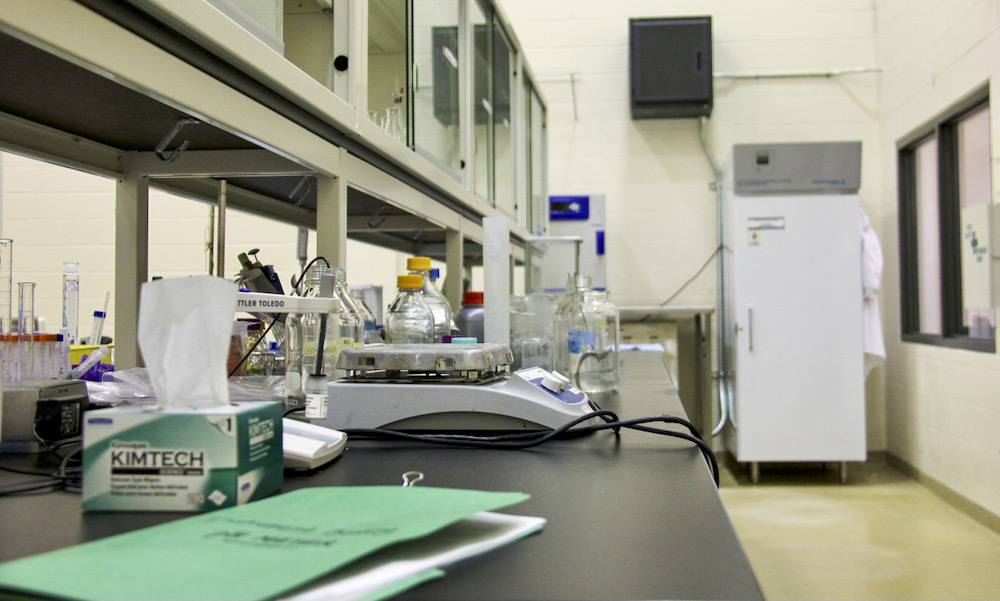
In 2018, the RCFFN helped West Coast-based Natures Hemp develop a hemp coffee creamer, the Winnipeg Free Press reported that year. The six-month process involved hemp seed extraction, milling, ultrafiltration, ultra-high-temperature pasteurization, viscosity testing and sensory testing, according to that article.
Small food companies use the provincially licensed commercial kitchen for production, Janzen said. It can also be rented for product development.
It’s also not all food. The site has hosted biotechnology company Kane Biotech’s research and development lab as it formulated, tested and manufactured a line of therapeutic pet-care products, according to a 2018 video on the RCFFN website.
The recently licensed mill — besides grinding cereals, pulses (or even tea) — can also dry fractionate, or “air classify,” the milled product. Essentially, the milled product goes through a turbine, which sorts fine and coarse particles, Janzen explained.
This can be used to raise the protein level of milled peas, for instance, to maybe 50 or 60 per cent protein, from 23 or 24 per cent protein, he said.
In a nearby laboratory, researchers can use laser diffraction to measure particle size and dial in milling parameters.
“Particle size has a big impact on food development. From water absorption to taste to mouth feel… so we need to measure that parameter,” Janzen said.
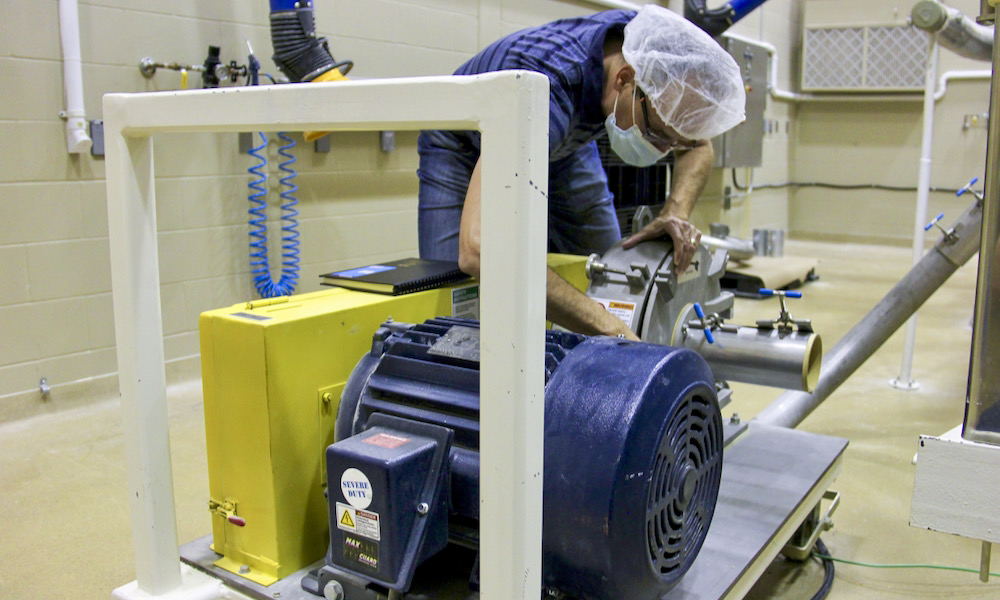
Ingredients can be hulled, cold pressed, freeze-dried, and grown in fermentation bioreactors, according to RCFFN’s website.
Besides extensive lab space, the RCFFN houses a human testing and clinical trial wing equipped for screening (the site tests on healthy participants only), blood testing, an exercise room and other functions.
“If there is a researcher who is interested in investigating the health benefit of a certain ingredient… then we can do human testing,” Janzen said.
Over the years the site has hosted 25 human studies with many food ingredients, particularly food crops grown on the Prairies.
Since 2018, University of Manitoba researchers at the site have produced 125 peer-reviewed publications, secured “seed funding” to develop a chair in protein research, completed more than 25 technical contracts with the food industry and many other projects.
Read Also

Canada’s ‘Harvest for Victory’ in the Second World War
Propaganda posters celebrating farming show the legacy of Canadian agriculture during the Second World War.














